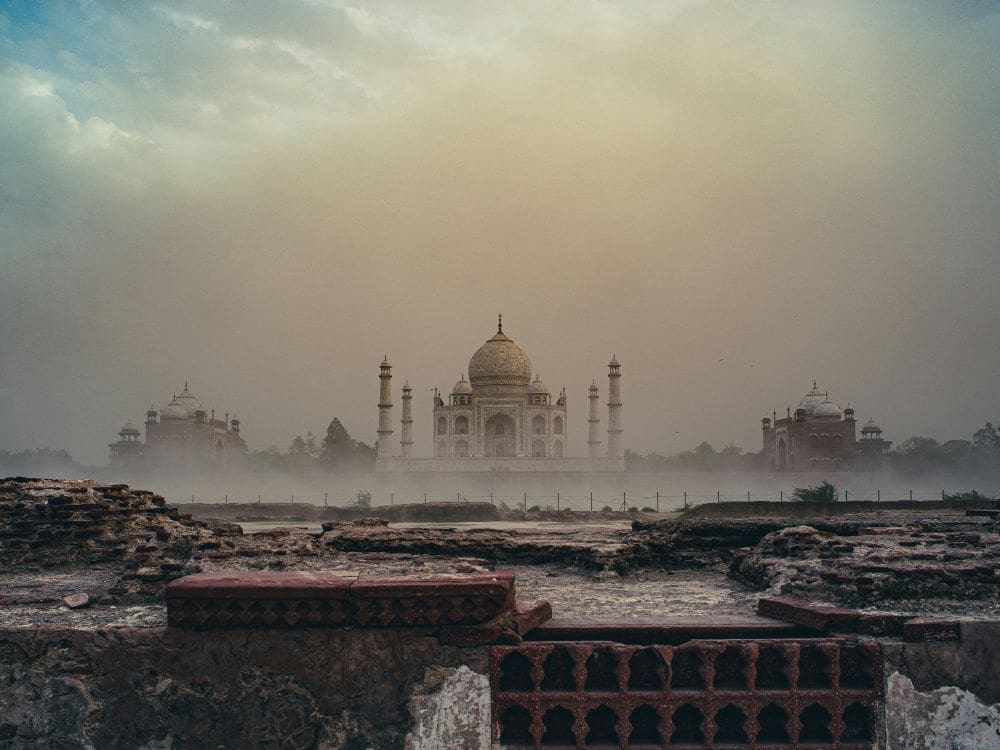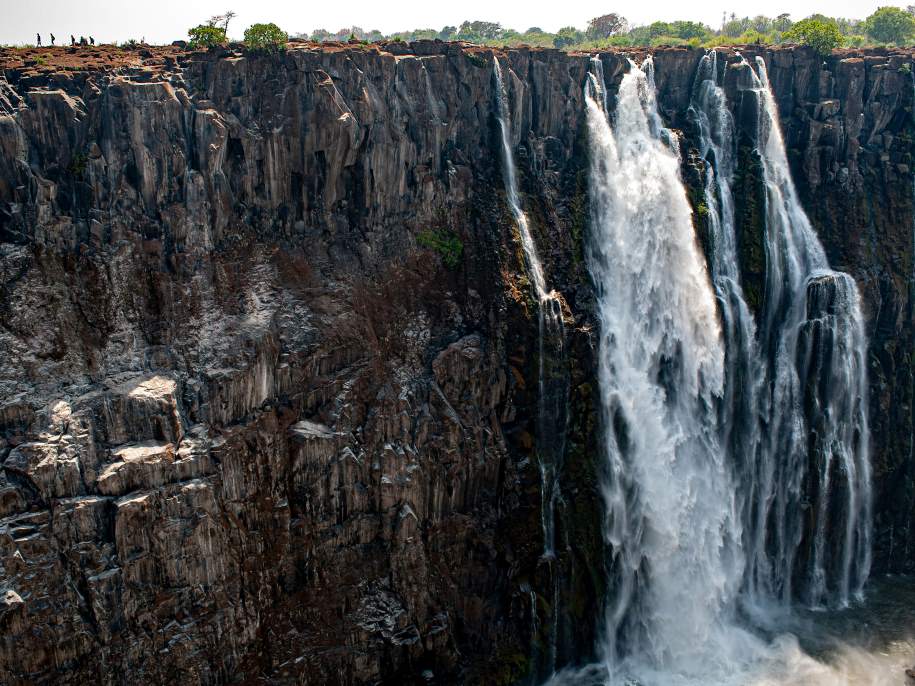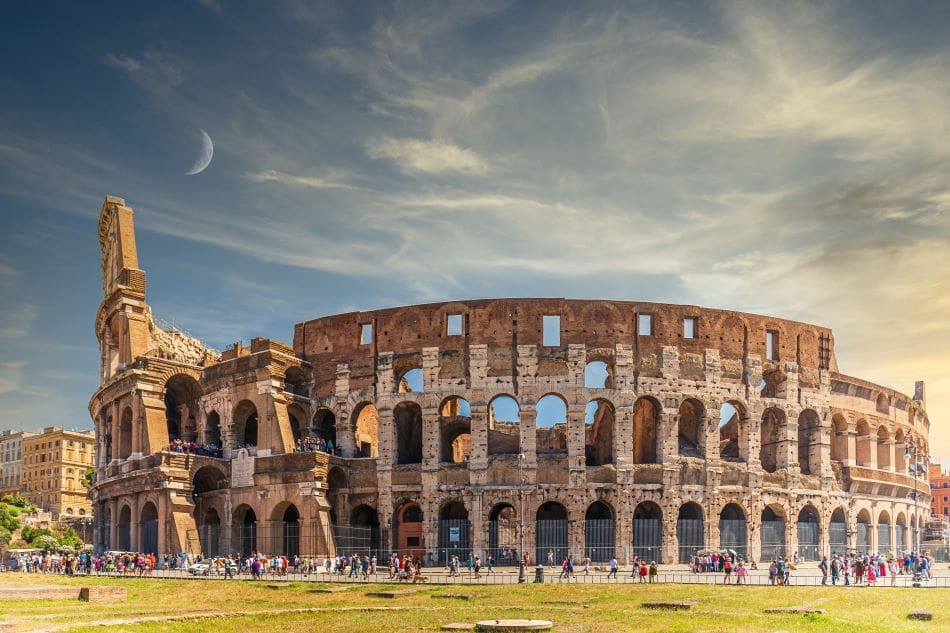Paris, France | AFP
Almost three quarters of the globe’s cultural and natural heritage sites are threatened by too little or too much water, the UN’s cultural agency said on Tuesday.
As a result of rising temperatures, extreme weather events including hurricanes, droughts, floods and heatwaves have become more frequent and intense, scientists warn.
Seventy-three percent of all 1,172 non-marine sites on the UNESCO Heritage List are exposed to at least one severe water risk — including water stress, drought, river flooding or coastal flooding, UNESCO said.
“Water stress is projected to intensify, most notably in regions like the Middle East and North Africa, parts of South Asia and northern China — posing long-term risks to ecosystems, cultural heritage, and the communities and tourism economies that depend on them,” it added.

Cultural sites were most commonly threatened by water scarcity, while more than half of natural sites faced the risk of flooding from a nearby river, the UNESCO study showed.
In India, the Taj Mahal monument in Agra, for example, “faces water scarcity that is increasing pollution and depleting groundwater, both of which are damaging the mausoleum,” the study said.
In the United State, “in 2022, a massive flood closed down all of Yellowstone National Park and cost over $20 million in infrastructure repairs to reopen.”
The report gave four more examples.
Iraq’s southern marshes — the reputed home of the biblical Garden of Eden — “face extremely high water stress, where over 80 percent of the renewable supply is withdrawn to meet human demand,” it added.
And competition for water is expected to increase in the marshes, where migratory birds live and inhabitants raise buffalo, as the region grows hotter in coming years.
On the border between Zambia and Zimbabwe, the Victoria Falls — originally called Mosi-oa-Tunya (“the smoke that thunders”) before it was renamed by Scottish explorer David Livingstone — has faced recurring drought and is sometimes reduced to a trickle.

In Peru, the pre-Colombian city of Chan Chan and its delicate 1,000-year-old adobe walls face an extremely high risk of river flooding, UNESCO said.
In China, rising sea levels driven in large part by climate change are leading to coastal flooding, which destroys mudlands where migratory waterbirds find food, it added.
ah/sjw/tw
© Agence France-Presse
Article Source:
Press Release/Material by AFP
Featured image credit: wirestock | Freepik




